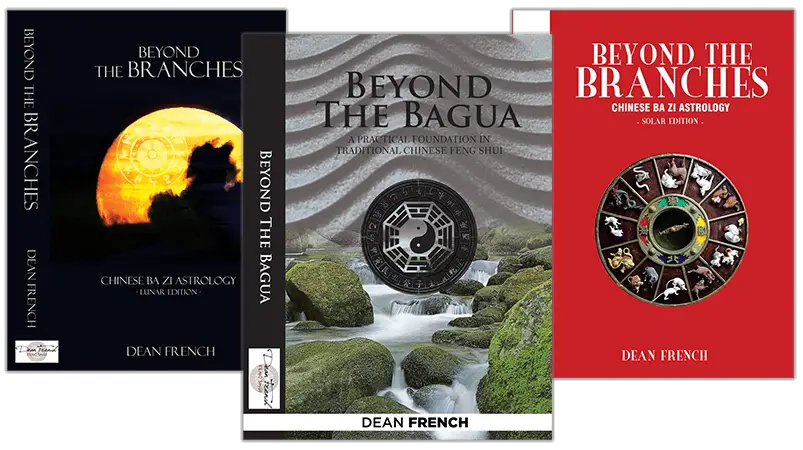Do I need a Luo Pan Compass to do Feng Shui?
What is a magnetic compass?
A magnetic compass is an instrument designed to measure direction based on the Earth’s magnetic field. The initial model of the compass wasn’t used to find bearings for navigators, but rather was used for Feng Shui and divination for hundreds of years before being applied as a navigation tool. This is taken from official written historical records.
Everyone knows that understanding your direction is invaluable when travelling. Such information will help you find your way to your preferred destination, as well as facilitate your safe return. The same reasoning can be applied to Feng Shui – if you understand that your home or building is your “ship” that you are travelling the cosmos in.
Your facing direction is prow of the ship and the back, or sitting, direction is the stern. Winds (or Chi) can prevail from all directions, and as the homes ‘navigator’ it is up to you to move with the flow. This can be a difficult concept to understand since houses and buildings appear to be stationary, but remember that the Earth, Moon and Sun are always in motion.
History of the Chinese Compass
The Chinese had already figured out the presence of ‘invisible forces’ beneath and above the earth prior to discovering that these forces are magnetic fields.
Before the Luo Pan invention, the Chinese depended on the Sundial and Gnomon to determine the sun’s direction and the time of the day. Constellations were also crucial, with the North Star helping determine the North location. Using this knowledge, they established the four cardinal directions, including the four diagonal directions (the primary inter-cardinal directions of Bagua).
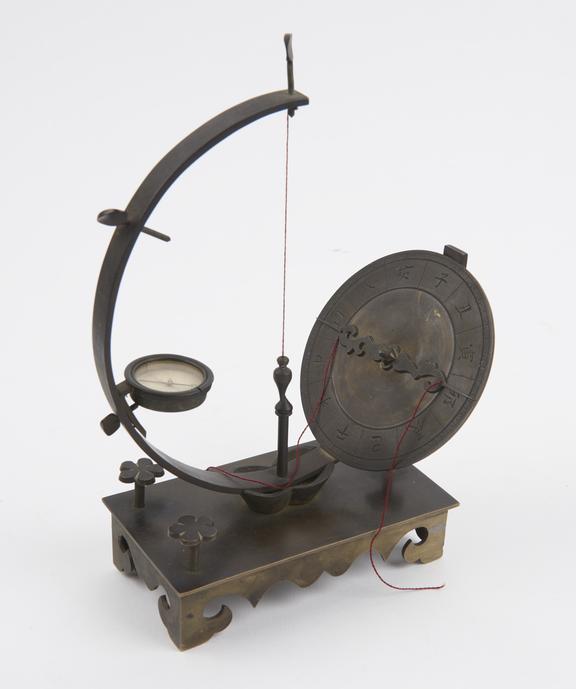
Over the hundreds, and thousands of years since, multitudes of modern Luo Pan compasses have evolved, making the purchase of one confusing unless you are studying under a Master with their own brand of Luo Pan.
By definition, Luo in Chinese means a net that holds everything while Pan means plate. Allegorically, Luo Pan referred to the bond between the Earth and Heaven involving the electromagnetic fields that bind all matter together. So basically, a Luo Pan is a magnetic compass with all the calculations from whichever School designed it all laid out for you. This is one of the pro’s of the Luo Pan.
The Feng Shui Compass School – getting an accurate direction
Being able to accurately measure and draw directions and subdivisions based on a compass reading is extremely important in many schools of Feng Shui. In this section we’ll look at the cost levels associated with various measuring devices, including Luo Pans, that can help you make a decision if you are starting out in Feng Shui or looking to upgrade your accuracy levels.
A – The Orienteering compass
You can find these all over Amazon, in big box and camping stores from $6 all the way $100. In general, you cannot rely on their accuracy for Feng Shui, but you can rely on them for getting you in the right direction when you’re lost. These types of compass have a needle that always aligns to North-South. Usually the side of the needle that points North is painted red but can sometimes be painted white.
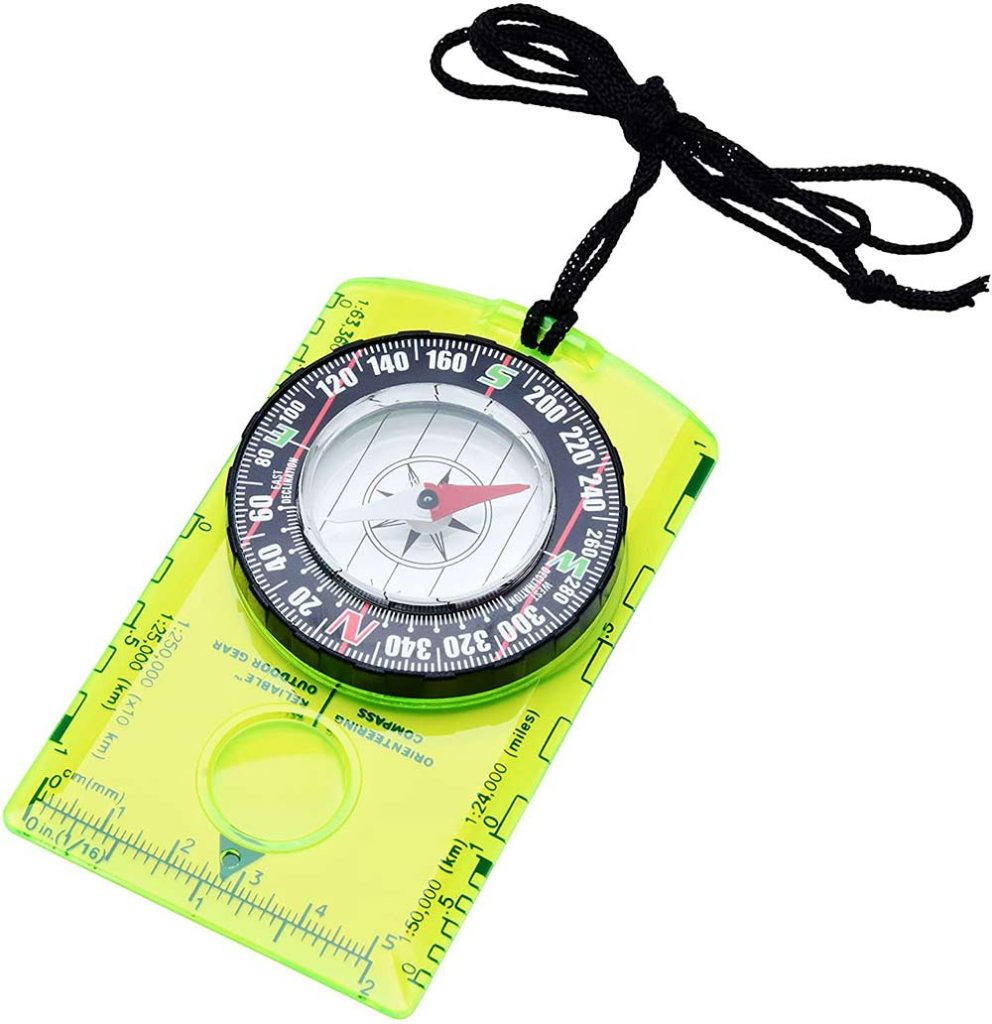
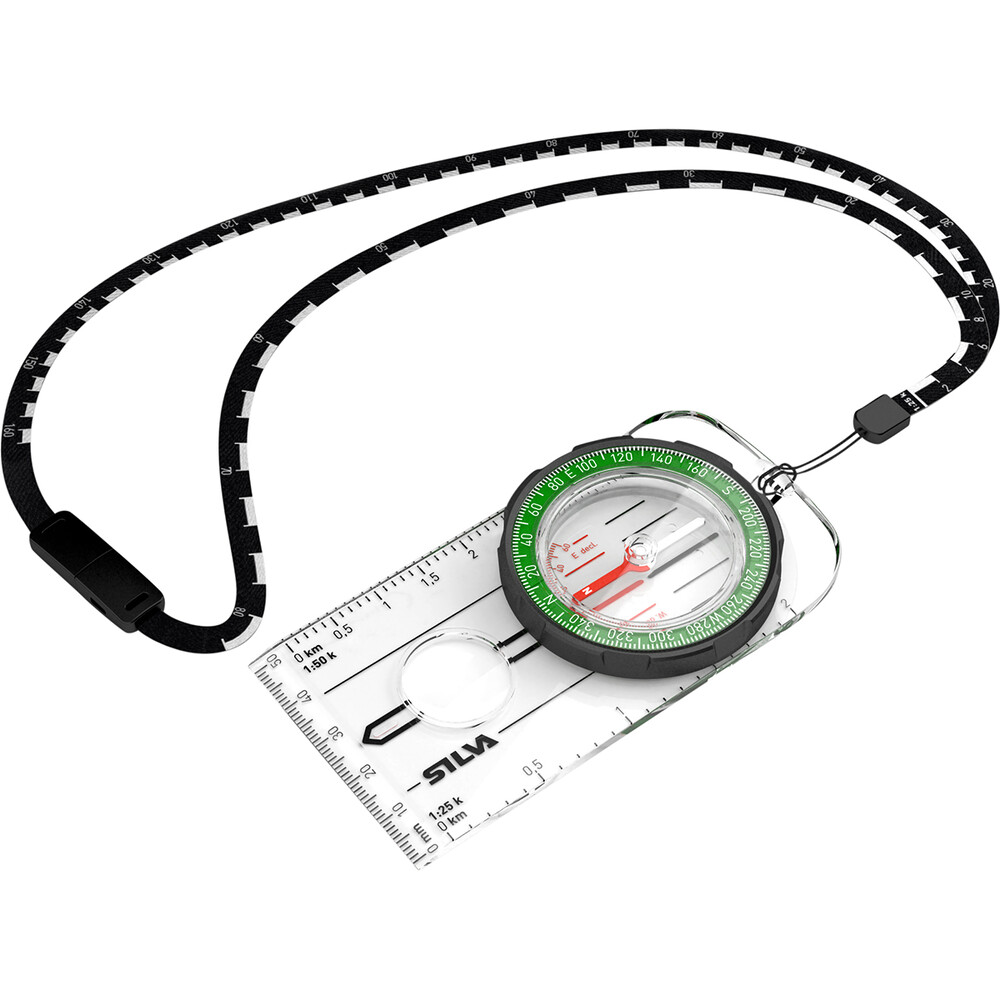
Try to avoid the cheaper end of the market for Feng Shui measurements, such as the ones pictured above.
The higher priced needle types below are good for beginners as long as you are careful when near potential magnetic fields. The main issue with these types is that there is generally no magnetic field dampening system to reduce the effects of stray electromagnetic fields.
B – Dial Type Compasses
Also known as Engineers or Army Compasses, perhaps the most famous brand of dial compass is the Brunton Lensatic. These compasses have a dial that always points North-South instead of a needle.
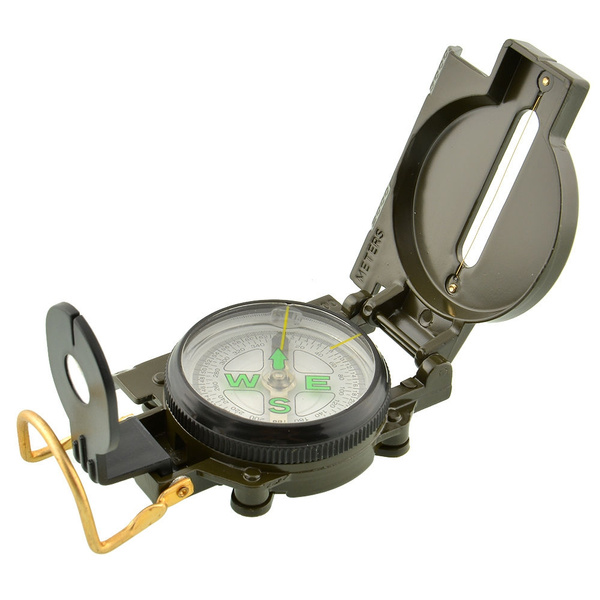
In most cases, they are more accurate than orienteering compasses. The reading of the dial compass is even easier than an orienteering compass. Just stand facing towards the direction you want to take, wait for the dial to settle into position and take the reading straight from the dial.
The cheaper Dial type compass on the left loses it’s accuracy fairly quickly. The one on the right is more robust, but once again, magnetic fields may interfere with your reading if you’re not careful.
C – Geologist compasses: high level accuracy
These compasses can be needle or dial type, and are not only designed to measure North, but all types of angles, dips and inclines. They are designed with high grade materials that resist demagnetization, and most have induction dampening technology fitted into the compass so that the reading remains accurate no matter the environment.

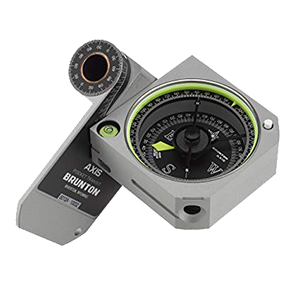
Prices start from around US$550 and can go up to US$1500-2000. I personally haven’t used one of these types of compasses for Feng Shui purposes, though I have seen them used in the mining industry.
If you have personally used a Geologist Transit or Compass, let me know what you think of their accuracy in the comments.
Like this article? Tap to share
D – Theodolites: the Surveyors tool
There are two types of theodolite, a standard analog that I remember from my industry days, and the more modern digital.
Theodolites are basically a telescope mounted on a base which displays accurate divisions of horizontal and vertical angles. Traditional theodolites have graduated circles that you read from, whereas modern digital theodolites display the reading on a screen.
With a theodolite, the compass is aligned to exactly 0° North, the telescope is rotated to point at the marker you are measuring. You can read the angle between the two to calculate the compass direction.
You can purchase a theodolite from $500 up to $5000 depending on the level of accuracy you require.
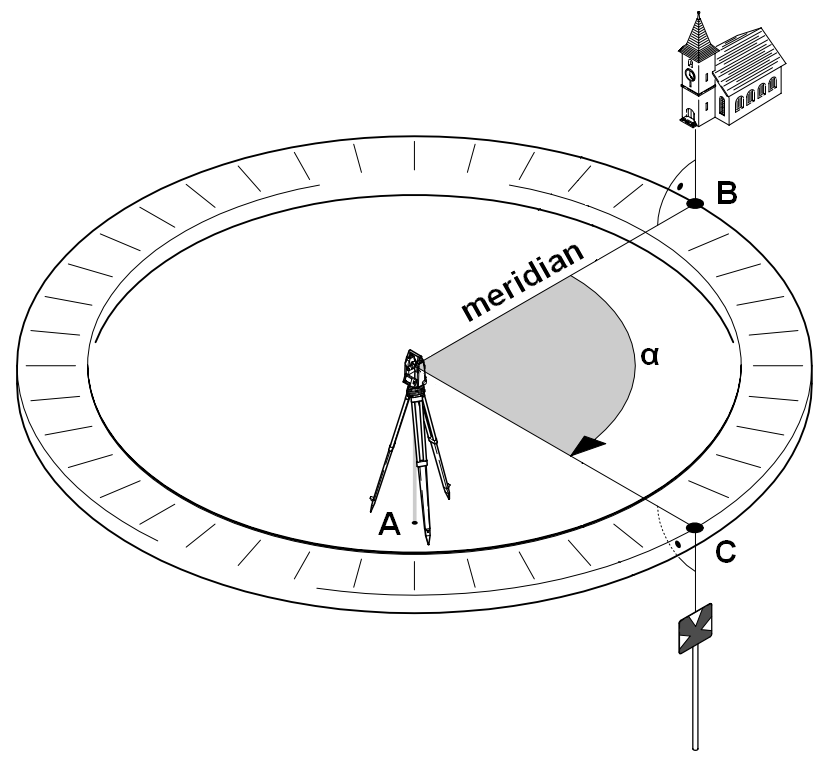
E – The Luo Pan Feng Shui Compass
As I mentioned earlier, the main benefit of using a Luo Pan is having all the calculations right in front of you, as long as you have the majority memorized.
There are a wide range of Chinese compasses, but the three most popular types are the San Yuan Luo Pan, the San He Luo Pan and the Zong He Luo Pan. All are characterized by familiar rings, such as the 24 mountains and the Early and Later Heaven arrangements, it is the way they arrange Yin-Yang and what other data is included/excluded that sets them apart.
a) The San Yuan Luo Pan
Also referred to as the Yi or Jiang Pan, this Luo Pan is typically used by people practicing the Three Cycles System of Feng Shui, which includes Flying Stars. Pictured is the San Yuan Feng Shui Compass produced by Tonting.
b) The San He Luo Pan
This compass is used by the Three Combinations Systems (Harmonies) of Feng Shui. It is mainly used for determining good/bad incoming mountain and water. The San He Luo Pan can include other Feng Shui systems. Pictured is the San He Feng Shui Compass produced by Tonting.
c) The Zhong He Luo Pan
A combination of the San He Luo Pan and San Yuan Luo Pan includes the 64-hexagram ring of the I-Ching plus the three 24-direction Earth, Man, Heaven rings. The Zong He Luo Pan is preferable for Feng Shui practitioners who use both the 3-Cycle System and the Three Combinations Systems. The Zhong He Luo Pan can include other Feng Shui systems. Pictured is the Zhong He Feng Shui Compass produced by Tonting.
These are the three common types of Luo Pan Compasses. However, each Feng Shui Master or School might design a Luo pan compass to suit their own taste and teaching purposes.
They can range in price from eBay’s “ancient collection of Chinese compass Feng Shui instrument tool” listing for $20-40 to Tonting’s NT$7600 professional Zong He Luo Pan, to Swiss made precision Luo Pans at US$1200.
As with all things in life, you get what you pay for and the beauty of a well made Luo Pan is that the type of wood used for construction of the square red base should naturally dampen up to 80% of stray magnetic disturbances giving you a far more accurate reading.
If You Are Serious About Feng Shui
YES, get a Luo Pan Feng Shui compass, but if you are willing to invest then make sure you get the best tool you can for the job. If you are studying under a Master, then you will obviously be using their version, but remember there is a whole world of Luo Pans to discover out there.
Feng Shui Resources
Learn the Ancient Chinese Arts of Feng Shui, Lunar Chinese Astrology, and Solar Chinese Astrology with Dean’s Comprehensive Bundle!
Get everything you need to start learning these ancient arts in one convenient bundle. This bundle includes detailed course notes and examples covering everything from the basics of Feng Shui to the more advanced concepts of Lunar Chinese Astrology and Solar Chinese Astrology.
They are clear, concise, and easy to follow, especially for beginners. You’ll learn everything you need to know to improve your life with the help of these ancient arts.
Limited time offer: Get a $150 bundle discount ($747 down to $597) when you purchase all three courses today!

